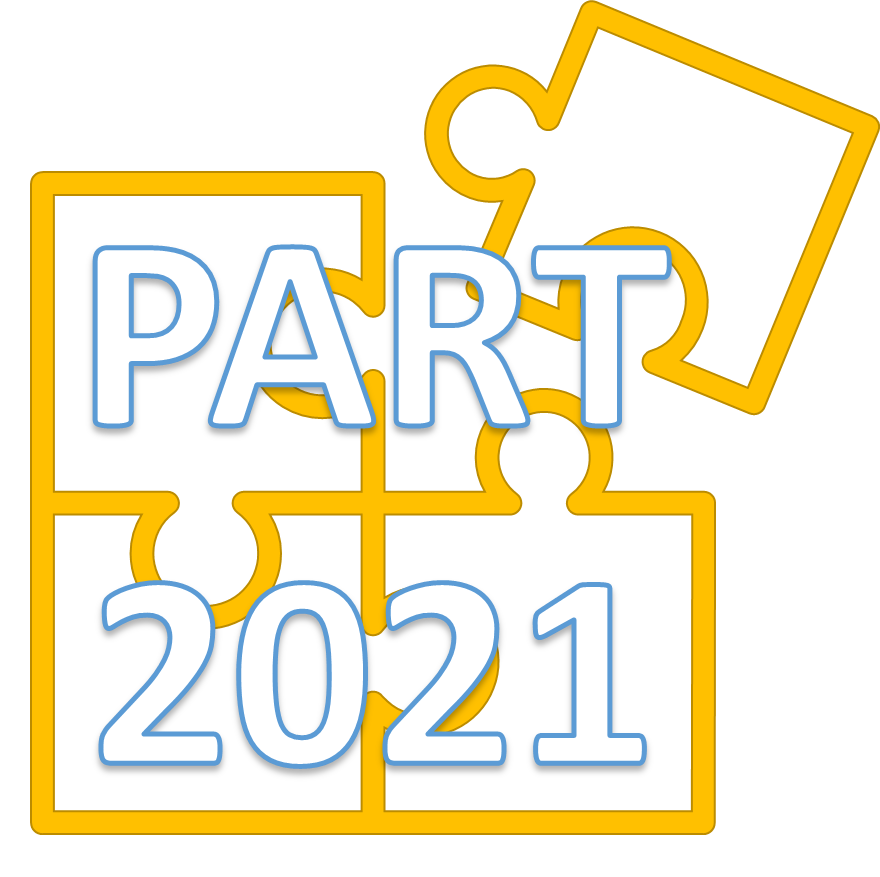
The first international workshop “PArts can woRth like The whole” (PART2021) will be held in conjunction with the 21th International Conference on Image Analysis and Processing (ICIAP2021)
Quite often the useful data for an analysis task are not available in an optimal condition. This may be due to the occlusions or the noise affecting the acquisition of the samples, or in some cases the problem itself is conceived in a way that a solution comes from the analysis of smaller portions of the input. Considering the computer vision problems, for example, it is rather common having occluded objects to recognize or to reconstruct. In failure analysis, a damaged condition of an object cannot be inferred by analyzing the object as a whole but detecting those parts of the object that may present anomalies. It happens, for example, in the cultural heritage field where the analysis of smallest areas may improve the overall result or, even represent the only way forward, as in the case of analysis of damaged pieces of arts or the reconstruction of the latter, respectively. The workshop aims to collect contributions from all those solutions to problems that can be solved by segmenting and analyzing parts of an object.
Topics of interest for the workshop include but are not limited to:
- Biometric recognition using parts
- Face Parts Analysis and Recognition
- Object reconstruction
- Selective Head Pose Estimation
- Impainting and Image restoration
- Failure Analysis
- Generative Models for Reconstruction
- Pieces of arts analysis
- Anomalies detection in images
- Damages detection in objects
- Biometrics recognition under occlusions
Invited Speakers
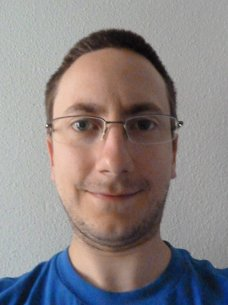
Nicolas Lermé
Short bio: Nicolas Lermé is assistant professor in the SATIE lab of the Ecole Normale Supérieure of Paris-Saclay located at Gif-sur-yvette in France. His research span a wide spectrum of challenging inverse problems in image processing and computer vision, with a common thread being developing efficient computational methods to address all stages of the scientific process, ranging from data acquisition and processing to information mining to numerical optimization, modeling and learning. The involved applications concerns for instance non-destructive control, medical imaging and more recently cultural heritage.
Talk on Recent developments on computational fresco reconstruction
Abstract: This talk will focus on the problem of recovering the optimal spatial organization of a seriously damaged object of interest, from its original elements. This problem is very challenging because of local aspects (elements must locally match with each other) and global aspects (the reassembled elements must depict a picture making sense). The main application of this problem concerns the reconstruction of artworks in cultural heritage restoration and archaeology. This problem is of great importance in these fields as it improves the understanding and the conservation of artworks. Furthermore, this problem is highly motivated by the restoration of damaged paintings during earthquakes as well as the discovery of mosaics or frescoes from excavations. This talk will provide insights about recent and original developments on (blind) fresco reconstruction with machine learning approaches (CNNs, GANs, etc.).
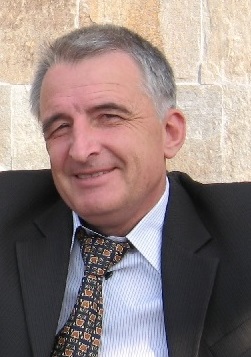
Kiril Alexiev
Short bio: Kiril Alexiev received a M.Sc. degree in Cybernetics from Kiev Polytechnic Institute, Ukraine in 1984 and PhD in Radar and Navigation at Bulgarian Academy of Sciences. He is currently a full Professor and head of Department of Information technologies for Sensor Data Processing in the Institute of Information and Communication Technologies – Bulgarian Academy of Sciences. His scientific interests include signal and data processing, multi-sensor multi-target tracking, data and information fusion, radar and navigation systems, image processing and computer vision.
Talk on Characteristics of the small eye movements in the process of fixation
The small eye movements exist even in the process of gaze fixation on an scene/image element. Many of the reasons for these movements and their purpose in the process of perceiving visual information are still unclear. In the present paper some metrics for estimation of microsaccades, eye microtremor and drift are proposed. These metrics provide different quantitative and qualitative indicators of small eye movements in fixation mode. The metrics can be used for estimation of the specific mental and physical state of the observed persons and even for characterization of their individuality.
General Chairs
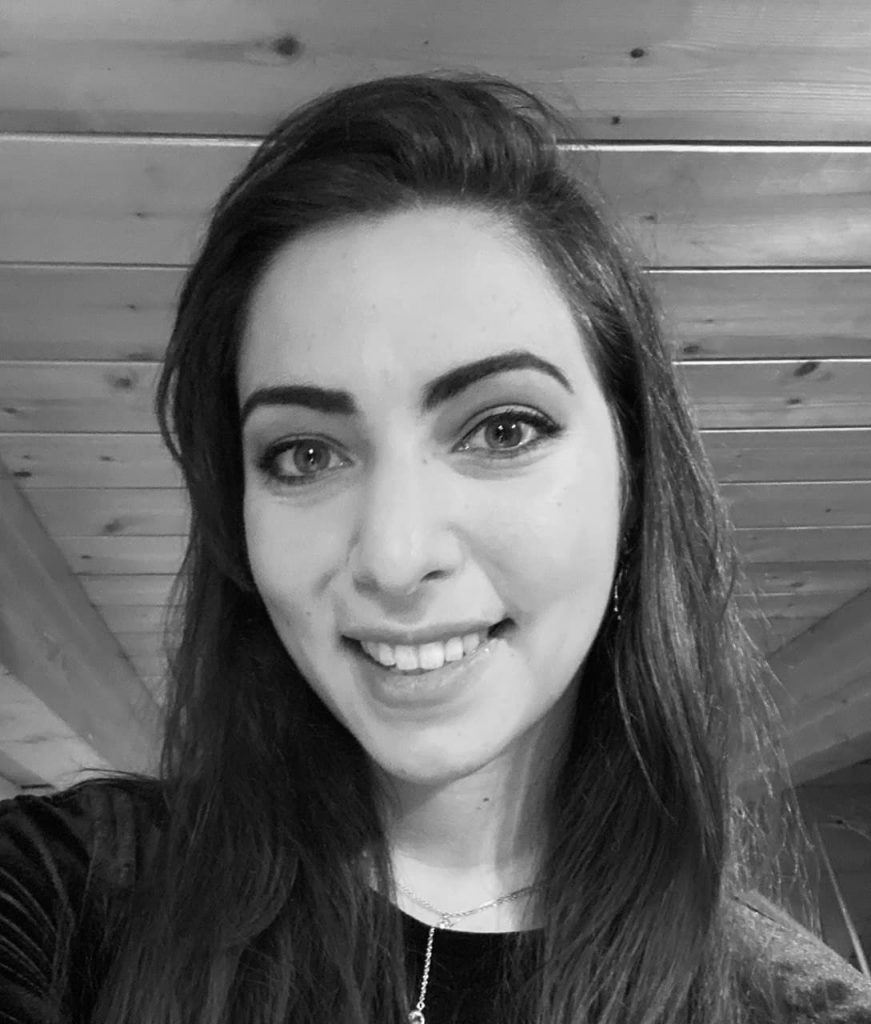
Carmen BISOGNI
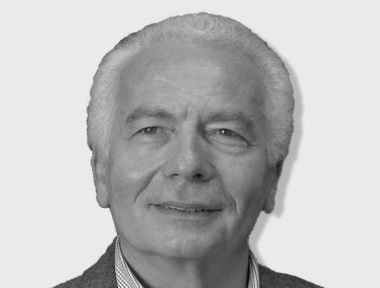
Virginio CANTONI
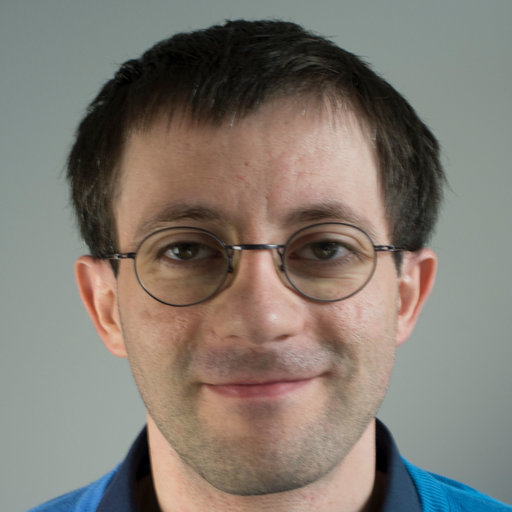
Piercarlo DONDI
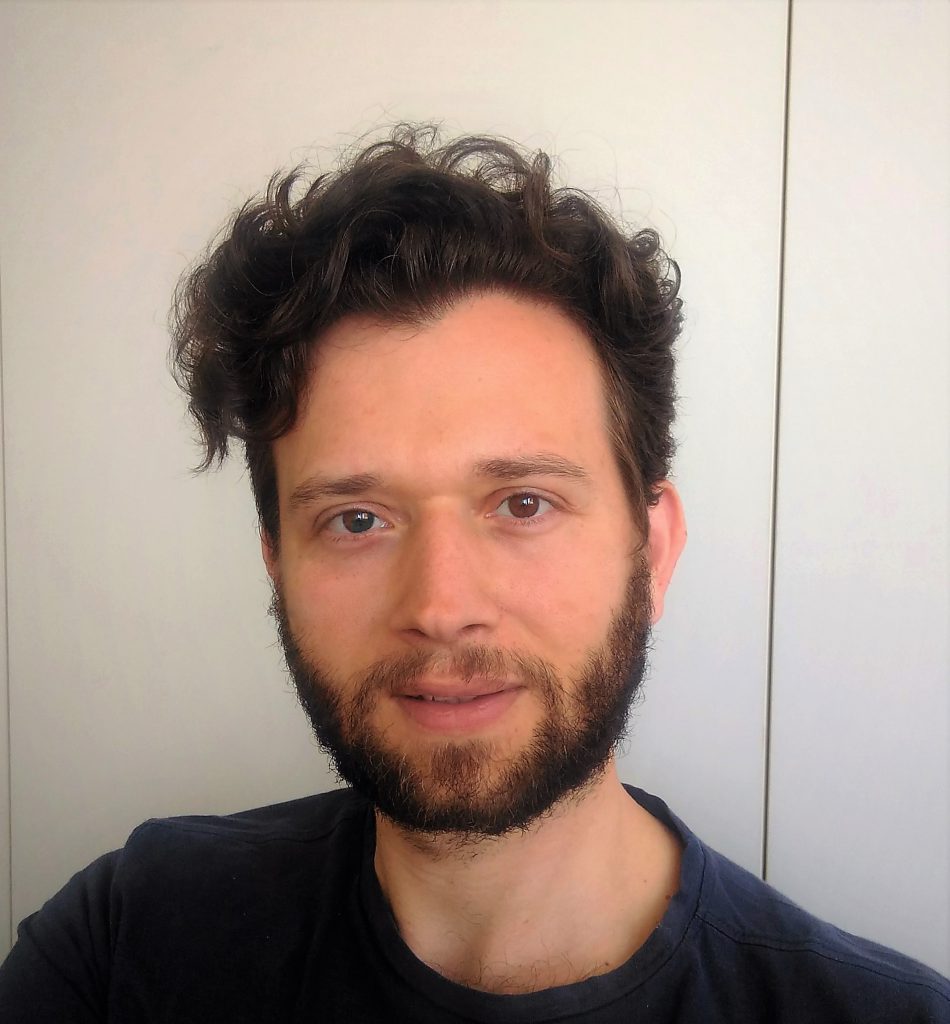
Fabio NARDUCCI
Technical programm committee
- Michele Nappi, University of Salerno
- Chiara Pero, University of Salerno
- Lucia Cascone, University of Salerno
- Lucia Cimmino, University of Salerno
- Maria De Marsico, University of Rome La Sapienza
- Paola Barra, University of Rome La Sapienza
- Daniel Riccio, University of Naples
- Silvio Barra, University of Naples
- Marco Grazioso, University of Naples
- Stefano Ricciardi, University of Molise
- Luca Lombardi, University of Pavia
- Marco Porta, University of Pavia
Important Dates
- Workshop paper submission deadline:
1st March, 202223rd March, 2022 (two-days extension due to technical issues of the submission platform) - Author Notification:
30th March, 202211st April, 2022 - Workshop camera ready paper submission: 22nd April, 2022
- Workshop date: 23rd May, 2022
(see ICIAP Agenda https://www.iciap2021.org/eventagenda/)
Program
| 09.00 – 09.30 | Invited Speaker: Nicolas Lermé Talk on Recent developments on computational fresco reconstruction |
| 09.30 – 09.50 | Talk: Bringing Attention to Anomaly Detection Authors: Axel De Nardin; Pankaj Mishra; Claudio Piciarelli; Gian Luca Foresti Speaker: Axel De Nardin |
| 09:50 – 10:10 | Talk: Spectral analysis of masked signals in the context of image inpainting Authors: Sylvie Le Hégarat-Mascle; Emanuel Aldea Speaker: Emanuel Aldea |
| 10:10 – 10:40 | Invited Speaker: Kiril Alexiev Talk on Characteristics of the small eye movements in the process of fixation |
Submission
The paper must be prepared in accordance to the guidelines for authors of the ICIAP2021 main conference, provided by Springer that can be found at:
https://www.springer.com/gp/computer-science/lncs/conference-proceedings-guidelines
The maximum number of pages is 10 + 2 pages for references. Papers will be selected through a review process. Each submission will be reviewed by at least three reviewers taking into account originality, significance, clarity, soundness, relevance and technical contents. The paper submission platform is Microsoft Research (PART2021). Authors may optionally submit additional supplementary material.
PRL Special Issue
The invited authors could submit an extended version of their work to an open Special Issue on Elsevier Pattern Recognition Letters that will accept submissions by the end of this year.
Contact us
For any query or comment feel free to ask by email at biplab@unisa.it or directly contacting the organizers.
